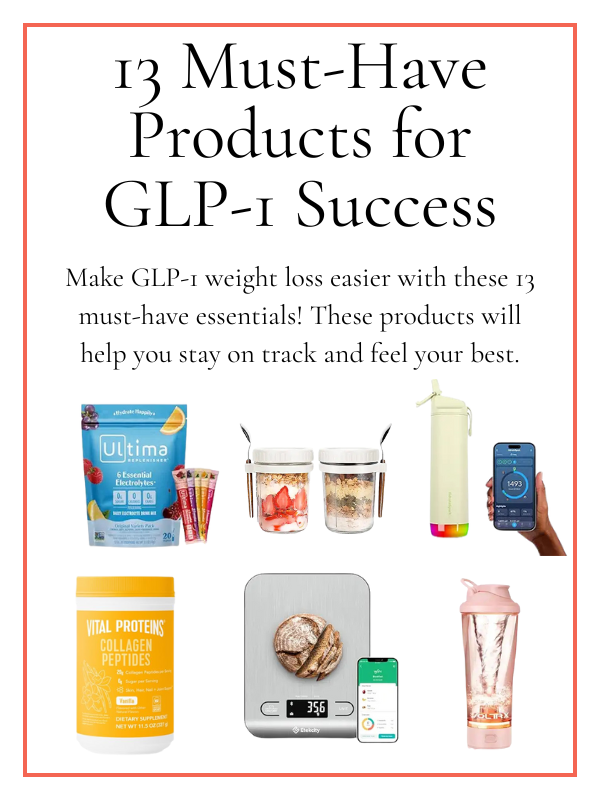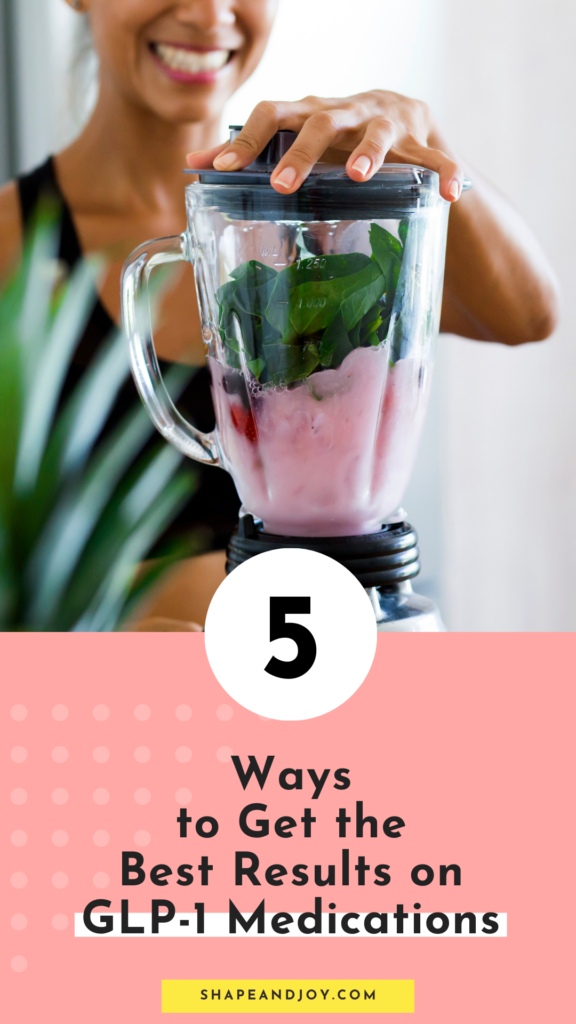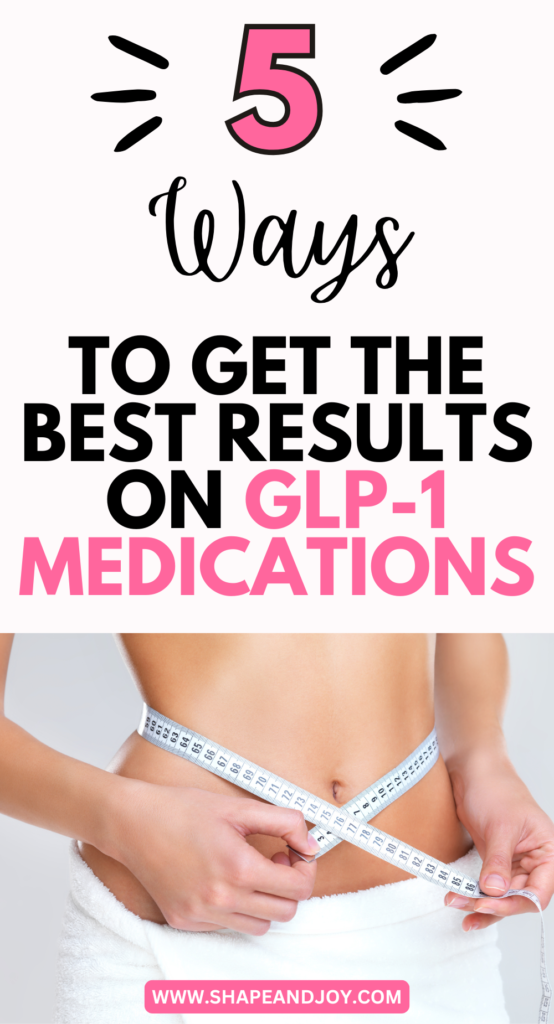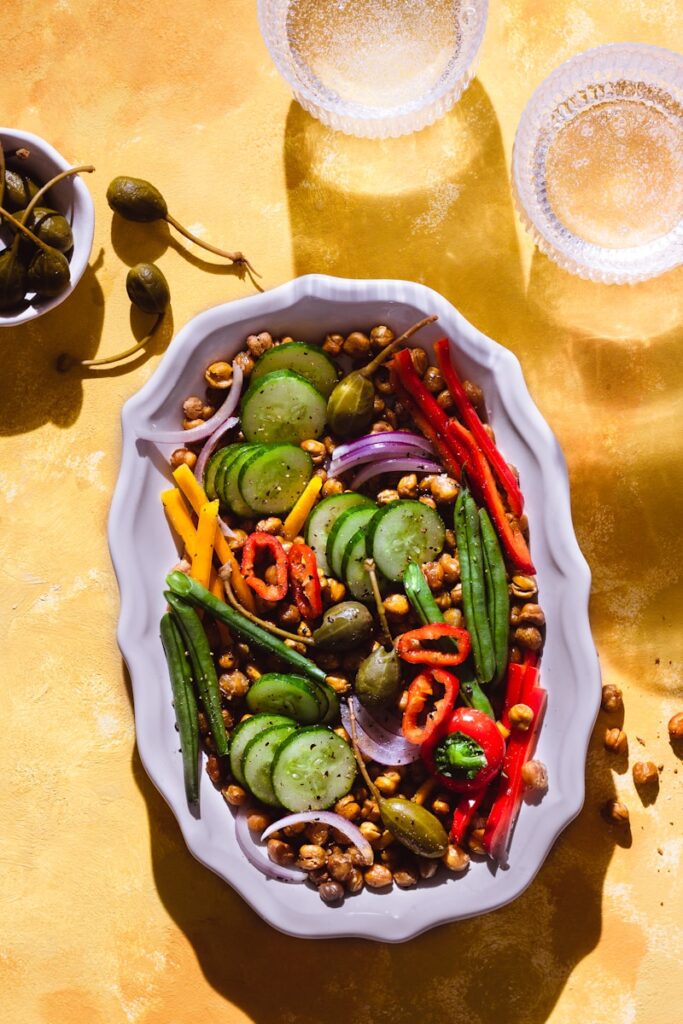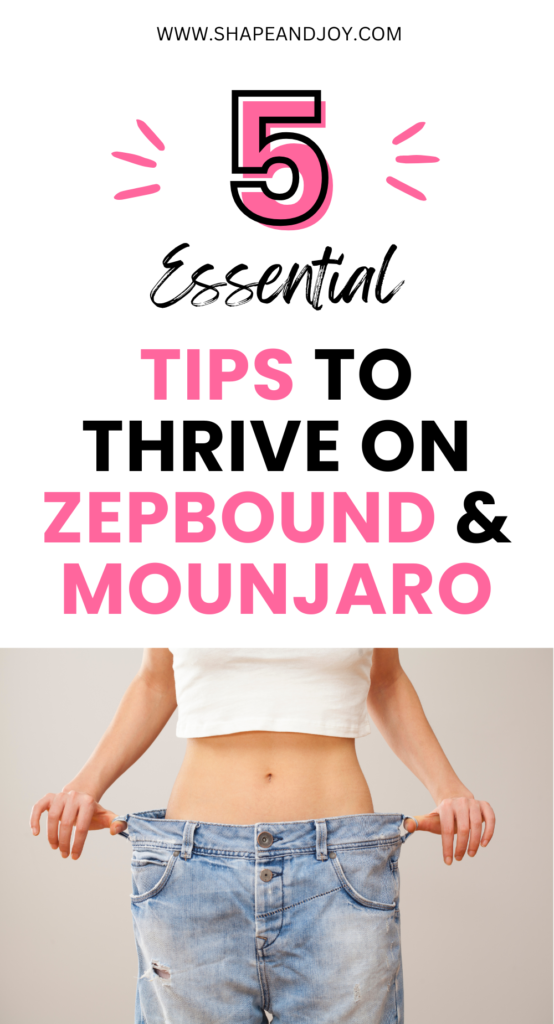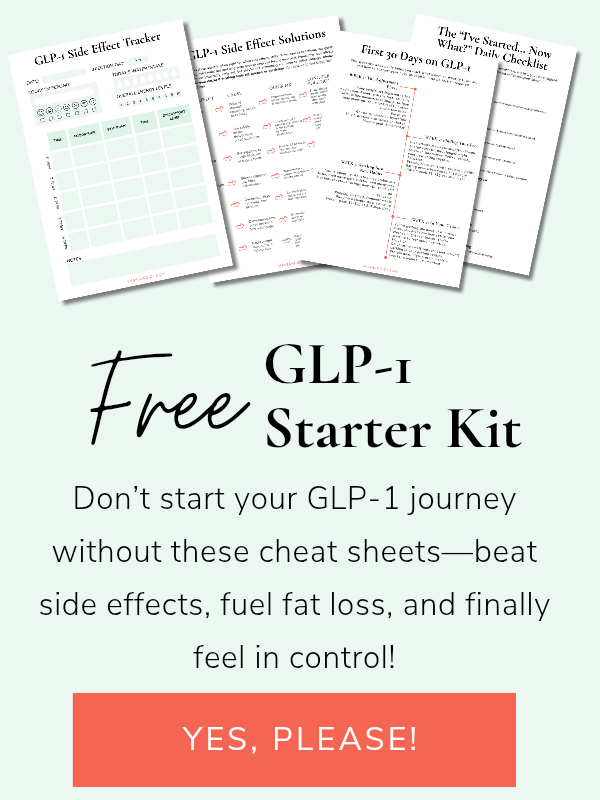5 Ways to Combat Side Effects on GLP-1 Medications: What’s Normal & How to Manage Them
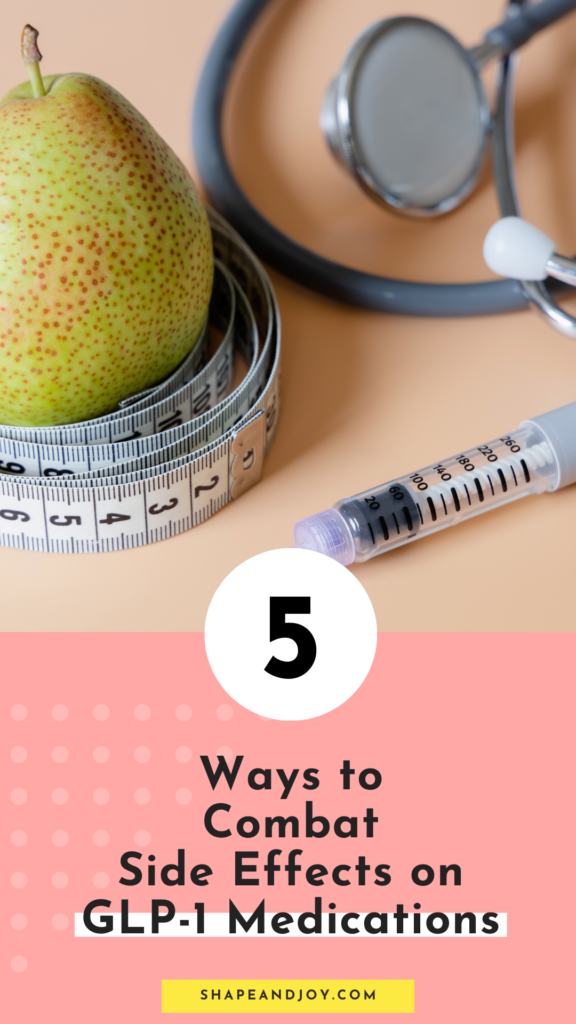
So, you’ve started GLP-1 medications like Zepbound, Mounjaro, or Wegovy, and now your body is… confused. One minute you’re losing weight effortlessly, the next you’re googling ‘Why do I feel like a nauseous potato?’. Here’s the deal—GLP-1 meds work, but they come with a few side effects.
The key to thriving on them (and not just surviving) is knowing what’s normal, what’s fixable, and what needs serious attention.
Good news? Most of the annoying side effects fade over time—and I’ve got all the best tips, tricks, and GLP-1-friendly meals to help you manage them like a pro.
Let’s dive in.
1. Nausea: The Uninvited Guest
Ah, nausea—classic GLP-1 side effects. It’s like your stomach suddenly decided to boycott food just as you started planning your Losing Weight Menu Plan.
Why it happens:
GLP-1 meds slow digestion, which helps you feel fuller for longer. Great for portion control, not so great when your stomach feels like it’s staging a protest.

How to fix it:
- Start with small, protein-packed meals – Think GLP-1 breakfast ideas like Greek yoghurt, eggs, or a vegan protein smoothie. Big meals = bad idea.
- Avoid greasy or spicy foods – Your stomach is delicate right now. Maybe don’t challenge it to a hot wings contest.
- Sip ginger tea or lemon water – Classic nausea remedies for a reason!
- Eat slowly – You’re not in a race. Small bites, chew well, and don’t chug drinks while eating.
Pro tip: Focus on gentle, nutrient-dense foods that won’t upset your stomach. I have a couple of meal plans that would be great for this:
2. Digestive Drama: Bloating, Constipation, and… the Opposite
Your stomach on GLP-1 meds is basically unpredictable. One day you’re fine, the next you’re googling ‘How to speed up digestion’ while drinking your third coffee.
Why it happens:
Because GLP-1s slow down digestion, food moves through you at a more leisurely pace. Sometimes that means bloating and constipation, other times, well… let’s just say you won’t need that extra fibre supplement.
How to fix it:
- Hydrate like your weight loss depends on it (because it does). Your body needs more water than usual now.
- Up your fibre intake—but gradually. Try chia seeds, leafy greens, or oats to keep things moving.
- Try magnesium or a probiotic. If your digestion is sluggish, these can help.
- Avoid sugar alcohols. If you’ve been snacking on “sugar-free” treats and now your stomach sounds like a horror movie soundtrack, this might be why.
Meal idea: A simple GLP-1 diet recipe like chia pudding with almond milk and berries is a great way to get in fibre without upsetting your stomach.
📌 Pin this for later! ⬇

3. Fatigue: When Naps Feel Mandatory
If you’re suddenly feeling like a permanently exhausted pigeon, you’re not alone. GLP-1s can mess with your energy levels at first, especially if you’re eating significantly less than before.
Why it happens:
- Your body is adjusting to a lower calorie intake.
- Blood sugar levels are stabilising—good for health, but can leave you feeling sluggish at first.
- You might not be getting enough protein or essential nutrients.
How to fix it:
- Eat enough protein! Try high-protein GLP-1 meal ideas like cottage cheese or tofu stir-fry.
- Balance your carbs. Whole grains, fruits, and slow-digesting carbs will give you steady energy.
- Move your body (gently). A short walk or stretching session can help fight fatigue.
- Prioritise sleep. You’re going through changes—treat your body kindly!
4. Appetite Changes: Why Am I Suddenly Full After Two Bites?
This is why GLP-1 meds work—your appetite drops massively. But if you’re struggling to eat enough to keep up energy levels and muscle mass, that’s a problem.
How to fix it:
- Eat smaller meals more frequently. Don’t force huge meals—snack smart instead.
- Focus on protein and healthy fats. Think avocado toast with eggs, Greek yoghurt with nuts, or a small salmon salad.
- Try liquid nutrition. A smoothie with protein, nut butter, and berries is an easy way to get in nutrients without feeling overly full.
5. Muscle Loss: Don’t Let the Scale Fool You
Yes, you’re losing weight, but not all weight loss is good. If you’re losing muscle instead of just fat, you’ll feel weaker and your metabolism will slow down.
How to fix it:
- Eat enough protein. Aim for at least 100g+ per day, depending on your needs. Semaglutide food ideas include lean meats, fish, tofu, and cottage cheese.
- Strength train! No, you won’t get bulky. Lifting weights or doing resistance exercises helps keep your metabolism strong.
- Space out protein intake. A GLP-1 meal recipe like a high-protein smoothie for breakfast, a chicken salad for lunch, and grilled fish for dinner will keep your muscles happy.
Looking for more GLP-1 guidance? This post is part of my GLP-1 weight loss series, covering everything from starting out to maintaining results long-term. Check out all the posts below!
- GLP-1 Medications 101: What They Are and How They Work
- How to Get the Best Results on GLP-1 Medications: Tips for Success
- 5 Common Mistakes People Make on GLP-1 Medications (and How to Avoid Them)
- The Ultimate GLP-1 Meal Plan: Easy Protein-Packed Meals for Weight Loss
- The Ultimate GLP-1 Grocery List
- 8 Foods to Avoid If You’re Serious About Thriving on GLP-1 Medications
- Navigating Side Effects on GLP-1 Medications: What’s Normal & How to Manage Them
- Exercise on GLP-1: The Best Workouts for Fat Loss and Muscle Retention
- Coming Off GLP-1: How to Maintain Your Weight and Avoid Regaining
- 13 GLP-1 Must-Haves to Make Fat Loss Easier (and faster!)
- 14 High-Protein GLP-1 Fakeaway Recipes – Easy, Delicious & Side-Effect Safe!
- The Best GLP-1 Supplements for Energy, Muscle & Health
Want better results from your GLP-1 meds?

Then you need more than just the injection. The GLP-1 Success Blueprint Bundle is your no-fluff digital sidekick for losing weight, feeling amazing, and actually staying consistent.
Inside, you’ll get a full guide, two mini books, cheat sheets, and trackers to help you:
- Eat enough protein (without living on shakes)
- Tackle side effects without losing your mind
- Stay consistent when motivation vanishes
- Keep the weight off long-term – even after meds
- Actually understand what your body needs
Tap here to learn more and grab your bundle
Final Thoughts: You’ve Got This!
Yes, GLP-1 meds can come with a few side effects, but most side effects are temporary and manageable. The key is to listen to your body, adjust your meals, and keep moving forward.
Here’s your action plan:
- Manage nausea with small, protein-rich meals.
- Stay hydrated and eat fibre to avoid digestive issues.
- Get enough protein and carbs to fight fatigue.
- Keep meals small but nutrient-dense if your appetite is low.
- Lift weights and prioritise protein to preserve muscle.
📌 Next up: Exercise on GLP-1: The Best Workouts for Fat Loss and Muscle Retention – because weight loss is great, but keeping your muscle is even better! 🚀
📌 Pin this for later! ⬇


